Gem Profile- Quartz with Inclusions Part 2
Tourmalated quartz, or tourmalinated quartz, is what we call quartz that has included tourmaline crystals. Although found naturally in a wide variety of colors (a future gem profile subject) the tourmaline crystals most often suspended in quartz are in shades of green or opaque black (aka schorl).
Sometimes forming in radial fans and often singular, elongated tourmaline crystals have 6 sides (like a pencil) and can be included in several different rocks. Also known as Green Hair Quartz, Fleches d'Amour (Love Arrows) or Cupid's Darts, water clear quartz with included tourmaline crystals is often faceted or cut into a variety of shapes and makes awesome jewelry designs. Please be aware that the stone prehnite can be confused with tourmalated quartz.
PIctured: A collection of faceted tourmalated quartz, one set into a wire pendant by Dale Cougar Armstrong and Kim Burns wire wrapped this approximately 14ct, 13mmx19mm Tourmalated Quartz stone with Argentium Silver wire, using Dale's Prong Ring DVD!
PIctured: A collection of faceted tourmalated quartz, one set into a wire pendant by Dale Cougar Armstrong and Kim Burns wire wrapped this approximately 14ct, 13mmx19mm Tourmalated Quartz stone with Argentium Silver wire, using Dale's Prong Ring DVD!


A very cool type of included quartz is called "Medusa" quartz, named for resembling the shape of the medusas rondeau jellyfish. Trapped blobs of gilalite (named for Gila County, Arizona) seem to float in the water clear quartz as seen in these Google images.
Have you seen clear quartz that looks as though a snowflake, branch or leaf has been suspended inside? This type of included quartz is known as dendritic quartz. No, the images within the quartz aren't fossils, rather they are dendrite (meaning tree) crystal forms of either chlorite or iron oxides.
Pictured: Examples of faceted quartz with dendrite inclusions, known as dendritic quartz. Private collection, Dale Armstrong and dendrite quartz pendant by Gina Smith
Pictured: Examples of faceted quartz with dendrite inclusions, known as dendritic quartz. Private collection, Dale Armstrong and dendrite quartz pendant by Gina Smith


Probably my personal favorite type of included quartz for jewelry design is what can be called Garden, Undersea Reef, Scenic, Monet, Lodolite, Lodalite or Dream Stone quartz. Once again, I was fortunate to have purchased quite a bit of this material many years ago, before it really "had" a name and became such a popular jewelry making item!
I prefer to call my pieces "Monet" quartz, as the images resemble his impressionist paintings; one of which I wired into a pendant.
I prefer to call my pieces "Monet" quartz, as the images resemble his impressionist paintings; one of which I wired into a pendant.

The latest label for this exotically included quartz, lodolite/lodalite, translates into "stone from mud" because the quartz crystals often formed in clay/mud pockets. While the silica/quartz was forming, an additional mineral became involved. These heavier materials of cookeite/chlorite settled to the bottom of the quartz formation in colors including white, beige, yellow, orange, green, light blue, light brown and light pink. Sometimes the chlorite minerals settled down and formed their known crystal shapes of rosettes, balls and radiating spheres, and sometimes the deposit became frozen during formation, appearing as clouds. (I do need to mention that occasionally the green can appear mossy, but included macrocrystalline quartz should not be confused with cryptocrystalline moss agate, that will be covered in my future cryptocrystalline articles in this quartz series.) Other materials within lodolite quartz include iron and calcite. Note though, when this quartz contains mainly bright orange iron oxides mixed with cream and white calcite, it can be labeled "Leolite." Whatever you decide to call it, in my opinion, chlorite included quartz is fabulous!
More examples of chlorite and calcite included "Garden" quartz. Private collection, Dale Armstrong and Natural quartz crystals from Brazil, with chlorite inclusions and clouds.
More examples of chlorite and calcite included "Garden" quartz. Private collection, Dale Armstrong and Natural quartz crystals from Brazil, with chlorite inclusions and clouds.


Okay, now what do you suppose happens when a quartz crystal stopped growing and another mineral crystallized on top of it, coating the original crystal with thousands of tiny colored crystals; and then additional silica entered the same vug/cavity and another quartz crystal form grew over the entire combination? Appearing as one or more ghost-like crystals within a single specimen, these are called phantoms. Otherworldly and rare, phantom crystals can be composed of a wide variety of materials including: sand, clay, chlorite, actinolite and mica or iron materials such as goethite and hematite. One other way that a phantom may have occurred could be due to temperature changes during the crystal's formation, where severe temperature changes interfered with the original growth for a bit (like a few thousand or millions of years) and when it restabilized the crystal continued to grow in its normal manner. Phantoms are most often found in rock crystal, occasionally in amethyst or smoky quartz. Although some lapidaries will cut and polish huge phantom specimens into items like crystal balls, eggs and spheres, most examples are smaller and will make fine pendants using a wire technique such as the Caged Crystal, which will not harm the specimen in any way.
Pictured: A few of the water quartz crystals in my personal collection, showing a variety of phantoms and an unusual specimen that comes from Tibet. Notice not only the exotic crystal scepter growth, but also the clay inclusions within the bottom crystal.
Pictured: A few of the water quartz crystals in my personal collection, showing a variety of phantoms and an unusual specimen that comes from Tibet. Notice not only the exotic crystal scepter growth, but also the clay inclusions within the bottom crystal.


Believe it or not, almost all quartz crystals have liquid or "enhydro" inclusions. The most common is water, which appears as microscopic bubbles causing clouds or a milky look. Of course I would love to have a specimen in my collection, showing a large liquid inclusion as a bubble with fluid that moved when the rock was turned, however...it is on my wish list.
Jackie Morris created this necklace and earring set with included-quartz beads and sterling silver wire.
Jackie Morris created this necklace and earring set with included-quartz beads and sterling silver wire.

Yes, geologically speaking there are many other items that can be found included in macrocrystalline quartz, however it is my opinion that they are not pertinent to making wire jewelry, so this concludes inclusions.
Resources
Print Resources:
Mineralogical Record, vol. 24, no.4. pp 311-313. "Solid Inclusions". W.A. Henderson Jr. & M.H. Weber (1993)
The Peterson Field Guide to Rocks and Minerals by Frederick H. Pough, ISBN 0-395-24049-2
Simon & Schuster's Guide to Gems and Precious Stones by Curzio Cipriani and Alessandro Borelli, ISBN 0-671-60430-9
Internet Resources:
www.mindat.org
www.minerals.net
https://minds.wisconsin.edu/bitstream/handle/1793/34662/Dendrites.pdf
www.wikipedia.org
Print Resources:
Mineralogical Record, vol. 24, no.4. pp 311-313. "Solid Inclusions". W.A. Henderson Jr. & M.H. Weber (1993)
The Peterson Field Guide to Rocks and Minerals by Frederick H. Pough, ISBN 0-395-24049-2
Simon & Schuster's Guide to Gems and Precious Stones by Curzio Cipriani and Alessandro Borelli, ISBN 0-671-60430-9
Internet Resources:
www.mindat.org
www.minerals.net
https://minds.wisconsin.edu/bitstream/handle/1793/34662/Dendrites.pdf
www.wikipedia.org
Materials

Wire

18x13mm Snow Quartz Oval Cabochon - Pack of 1
E7-247E
- Lesson Quantity: 1.00 pieces
- Purchase Quantity: 1.00 each
- Price: $1.04
- Gold Club Price: $0.78

47x34mm Cherry Quartz Ladder Shaped Pendant with 1.5mm Hole - Pack of 1
E1-131Z
- Lesson Quantity: 1.00 pieces
- Purchase Quantity: 1.00 each
- Price: $3.97
- Gold Club Price: $2.98

Cherry Quartz 10x20mm Double Drilled Beads - 8 Inch Strand
A1-122
- Lesson Quantity: 1.00 pieces
- Purchase Quantity: 1.00 each
- Price: $14.77
- Gold Club Price: $11.08

Rose Quartz 8mm Round Beads - 8 Inch Strand
A1-631
- Lesson Quantity: 1.00 pieces
- Purchase Quantity: 1.00 each
- Price: $6.67
- Gold Club Price: $5.00

Smoky Quartz 10mm Round Cabochon - Pack of 2
E8-17H
- Lesson Quantity: 1.00 pieces
- Purchase Quantity: 1.00 each
- Price: $6.67
- Gold Club Price: $5.00

Smoky Quartz 10x14mm Oval Beads - 8 Inch Strand
A1-456
- Lesson Quantity: 1.00 pieces
- Purchase Quantity: 1.00 each
- Price: $9.97
- Gold Club Price: $7.48

Beads

Cabochons
Tools

Ultimate wire-pliers Set
G15-20
- G15-20
- Lesson Quantity: 1.00 pieces
- Purchase Quantity: 1.00 each
- Price: $99.95
- Gold Club Price: $74.96

Bench Tools
- Category: General Education
- Technique(s): General Education





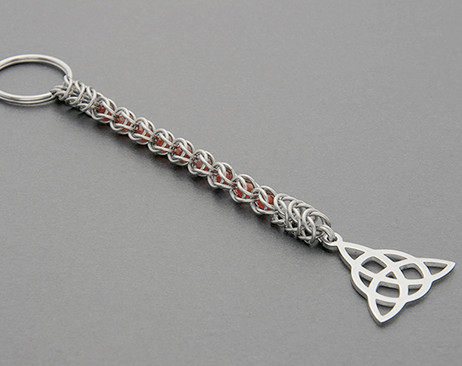
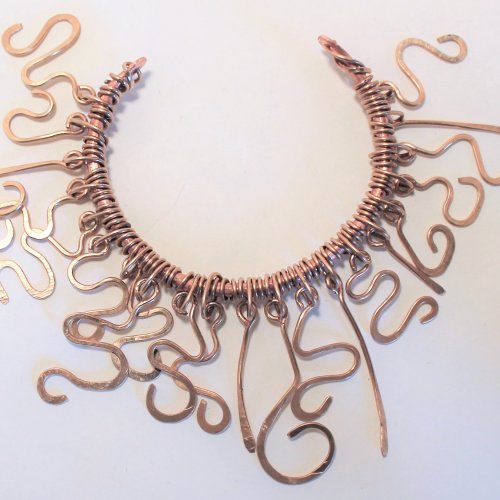
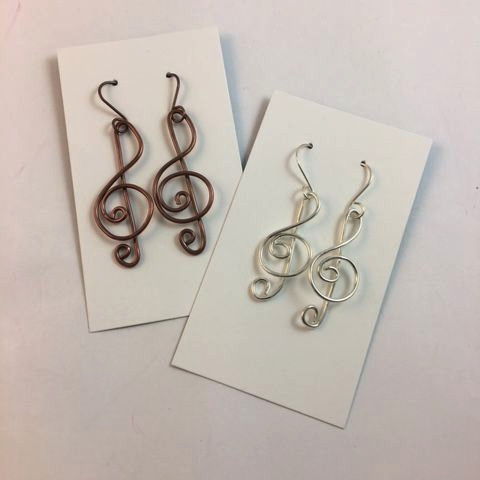

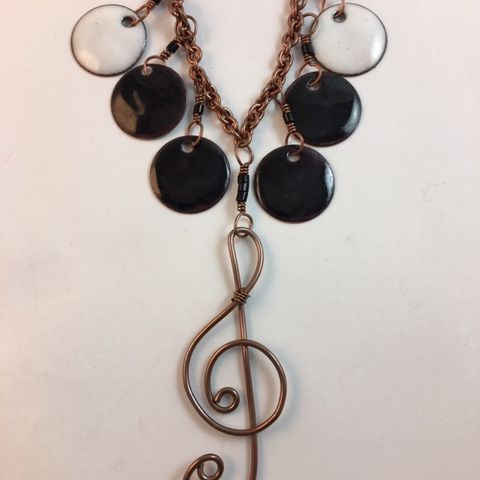
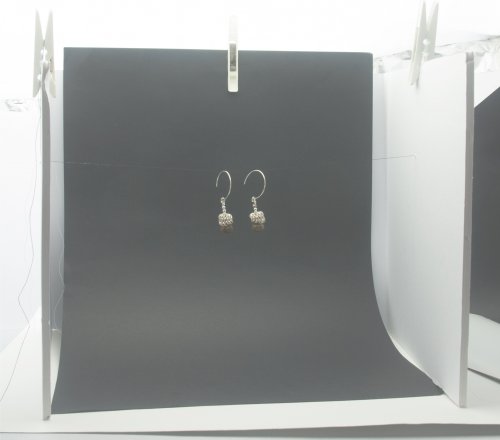

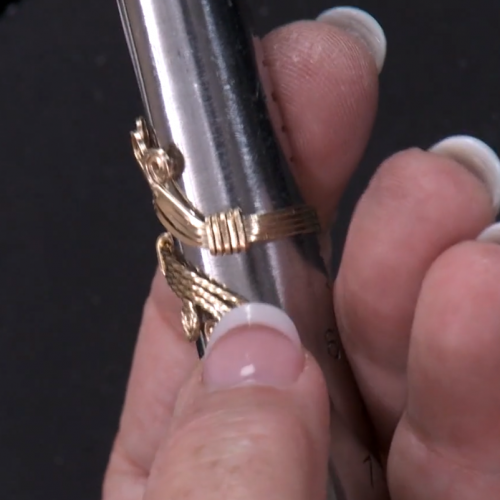

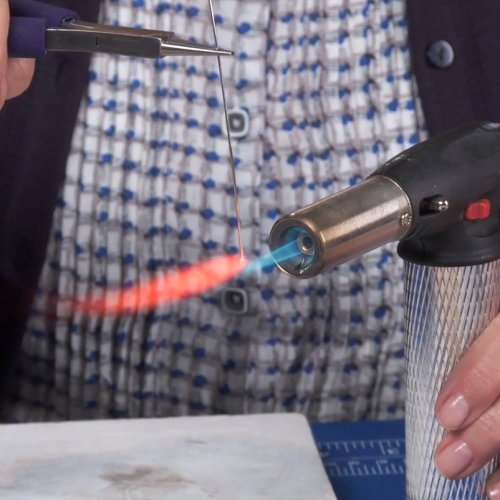
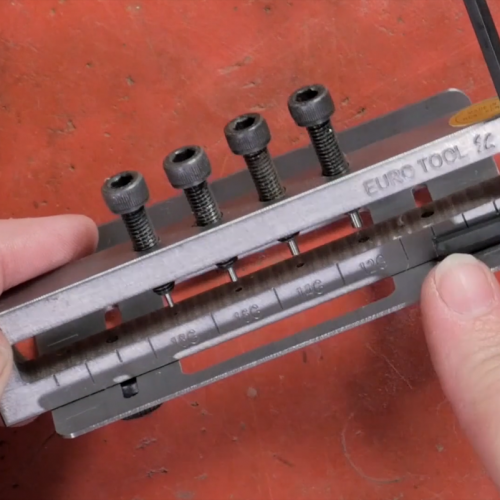
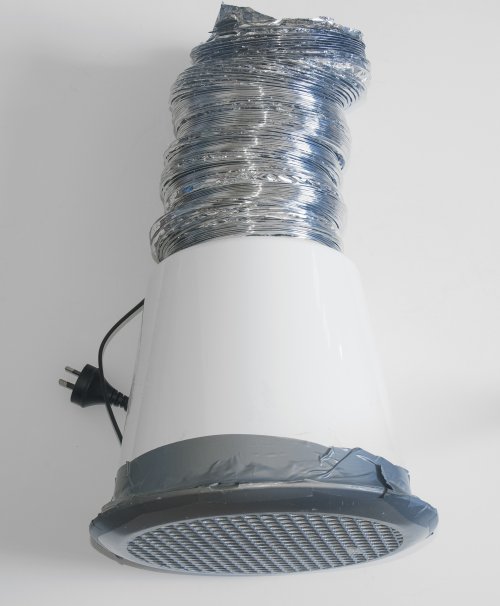
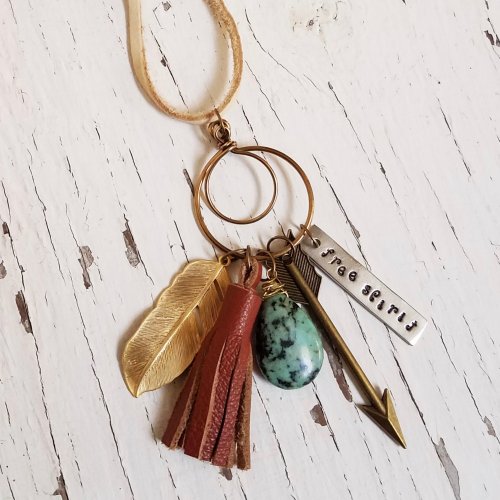
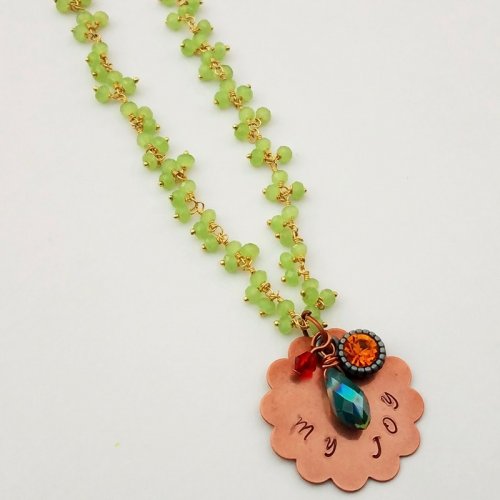
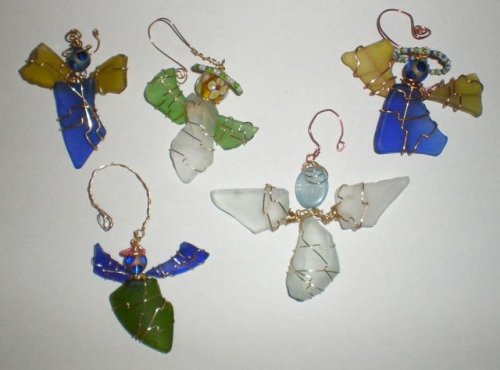
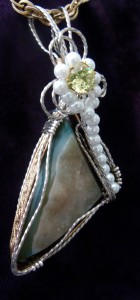
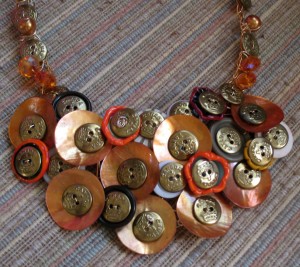
 Getting Twisted - Jewelry Making Tools
Getting Twisted - Jewelry Making Tools How to Price Your Wire Jewelry
How to Price Your Wire Jewelry How to Measure Gemstones for Settings
How to Measure Gemstones for Settings Cool Anklets are HOT
Cool Anklets are HOT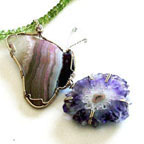 Inspiration Comes from Everywhere and Every Thing
Inspiration Comes from Everywhere and Every Thing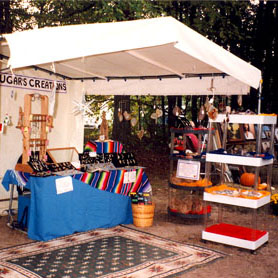 Wire Jewelry Display and Booth Ideas
Wire Jewelry Display and Booth Ideas Where to Sell Your Wire Jewelry
Where to Sell Your Wire Jewelry How to Choose Wire Temper for Making Jewelry
How to Choose Wire Temper for Making Jewelry What Gauge of Wire Should I Use to Make Jewelry
What Gauge of Wire Should I Use to Make Jewelry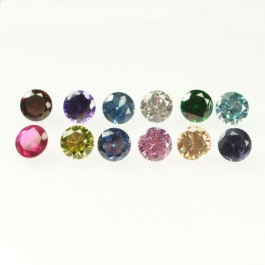 What's a Cubic Zirconia Stone
What's a Cubic Zirconia Stone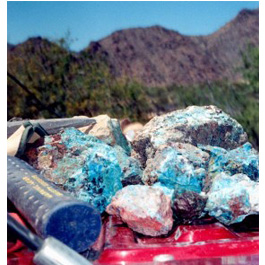 Rockhounding - A Beginner's Guide
Rockhounding - A Beginner's Guide What Shape of Wire Should I Use to Make Jewelry
What Shape of Wire Should I Use to Make Jewelry Gem Profile- Bloodstone
Gem Profile- Bloodstone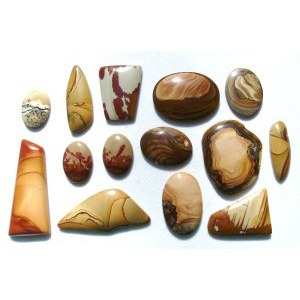 Gem Profile- Picture Jasper
Gem Profile- Picture Jasper Gem Profile- Patterned Jaspers
Gem Profile- Patterned Jaspers Gem Profile- What is Jasper
Gem Profile- What is Jasper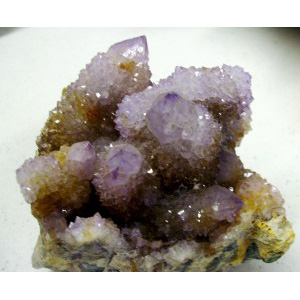 Gem Profile- Quartz Introduction
Gem Profile- Quartz Introduction Gem Profile- Wishful Turquoise
Gem Profile- Wishful Turquoise Gem Profile- Amethyst
Gem Profile- Amethyst Gem Profile- Fluorite
Gem Profile- Fluorite Gem Profile- Obsidian
Gem Profile- Obsidian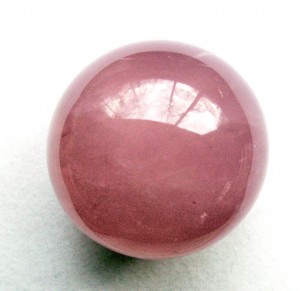 Gem Profile- Rose Quartz
Gem Profile- Rose Quartz Gem Profile- Smoky Quartz
Gem Profile- Smoky Quartz Gem Profile- Citrine and Ametrine
Gem Profile- Citrine and Ametrine Gem Profile- Labradorite
Gem Profile- Labradorite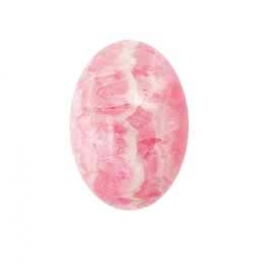 Gem Profile- Rhodochrosite
Gem Profile- Rhodochrosite Gem Profile- Moonstone
Gem Profile- Moonstone Gem Profile- Prehnite
Gem Profile- Prehnite Gem Profile- Jade
Gem Profile- Jade Gem Profile- Amazonite
Gem Profile- Amazonite Gem Profile- Corundum
Gem Profile- Corundum Gem Profile- Quartz with Inclusions Part 1
Gem Profile- Quartz with Inclusions Part 1 Gem Profile- Aventurine
Gem Profile- Aventurine Gem Profile- Macrocrystalline Quartz
Gem Profile- Macrocrystalline Quartz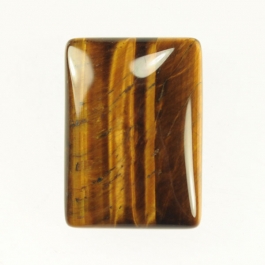 Gem Profile- Tiger Eye
Gem Profile- Tiger Eye Gem Profile- Fire Agate and Iris Agate
Gem Profile- Fire Agate and Iris Agate Gem Profile- Amber
Gem Profile- Amber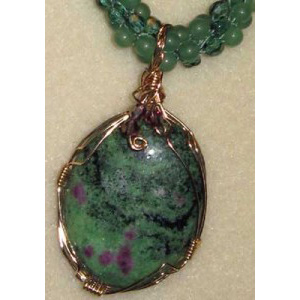 Gem Profile- Ruby Zoisite
Gem Profile- Ruby Zoisite Gem Profile- Ruby Fuchsite
Gem Profile- Ruby Fuchsite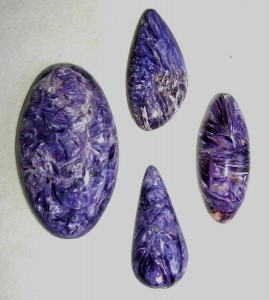 Gem Profile- Charoite
Gem Profile- Charoite Gem Profile- Moldavite
Gem Profile- Moldavite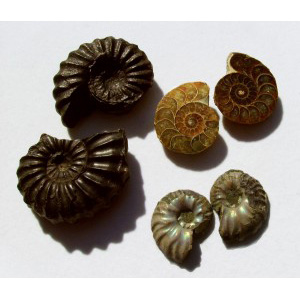 Gem Profile- Ammolite
Gem Profile- Ammolite Gem Profile- White Precious Opal
Gem Profile- White Precious Opal Gem Profile- Opalized Fossils
Gem Profile- Opalized Fossils Gem Profile- Boulder Opal
Gem Profile- Boulder Opal Gem Profile- Black Precious Opal
Gem Profile- Black Precious Opal Gem Profile- Pyrite
Gem Profile- Pyrite Gem Profile- Opal Introduction
Gem Profile- Opal Introduction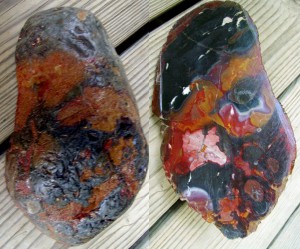 Gem Profile- Beautifully Colored Jasper
Gem Profile- Beautifully Colored Jasper Gem Profile- Common Opal
Gem Profile- Common Opal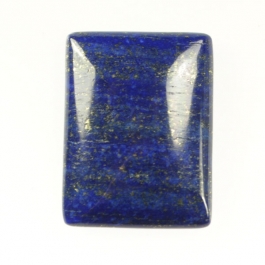 Gem Profile- Lapis Lazuli
Gem Profile- Lapis Lazuli Wire Sculpture Expert Dale -Cougar- Armstrong Interview
Wire Sculpture Expert Dale -Cougar- Armstrong Interview

